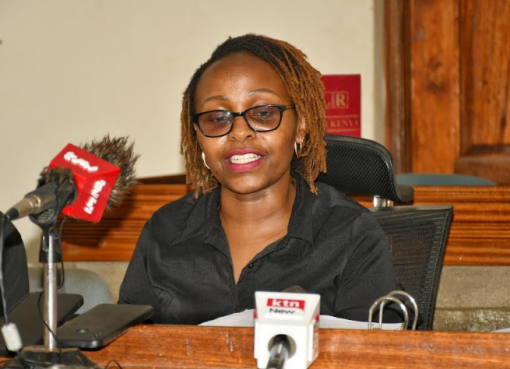Poultry Researchers have blamed some farmers for the many losses of their newly hatched chicks after failing to vaccinate them right from day one.
According to Dr. Kim Keejong, a lead Researcher in poultry and County Director for the Korea Programme on International Agriculture (KOPIA), many farmers who just stock the birds without seeking for guidance end up losing them all.
Keejong said the commonest diseases which kill the newly hatched chicks, include New Castel, Fowl typhoid and Gumboro.
The Researcher who is currently training farmers from Senegal , Zimbabwe and from within the country said after losing the entire chicks one ends up giving up while there are still measures in place to stop the deaths .
“We have vaccination programmes which start from day one all the way to the 16th weeks where de-worming of the chicks is mandatory, short of which the survival rate is almost nil,” he said.
Keejong said his organization was committed to ensuring farmers in the African continent got the best breed of poultry as a food security measure.
“Our objective is to ensure the ordinary rural farmers has access to the quality poultry breed especially the duo purpose ones (for both egg and meat ), which are early maturing and give good economic returns while they require less labour keeping,” he said.
He said his Muguga based Centre was involved in breeding of the high quality chicks which are later distributed for free to farmers across the country while the same technology is replicated in various selected African counties.
“The target is to provide many farmers with the improved breed from the two big hatcheries at Muguga KOPIA center in Kiambu where thousands of the chickens are being produced.
All what we require is for the farmers to form a group of twenties and more, come to our centre for training and get the chickens free of charge,” he said
He said the project aims to enhance indigenous poultry production and marketing for poverty alleviation and improved food security amongst small holder households
The improved indigenous poultry breeds are able to increase eggs from 200-250 a year up from between 30-50 a year when compared with local chicken breed.
The official said the egg laying age for the improved breed has been lowered 5-6 months as opposed to the local chicken which take about 8 months to start lying.
Other attributes of the improved breed are the improved chick weight of 40-50 grams up from 25 grams for the local chick.
Another Veterinarian involved in the production, Antony Ndegwa said since information on disease prevention on animals is easily available and accessible through field extension officers, no farmer should lose his or her livestock.
Ndegwa however, blamed some traders who sell the one day chicks to farmers without first taking them through on what was expected of them in as far as the health of the chicks is concerned.
He said Food deficit is widespread in Kenya with sixteen (16) millions Kenyans unable to meet the cost of sufficient food which the projects seek to address through the farmers training and in the provision of the Kienyenji chickens.
The Veterinarian said it is against this background that the Kenyan government is partnering with the Korean government in the project that seeks to improve the livelihood of the low income farmers through the provision of an improved indigenous chicken.
The project is being implemented by the Kenya Agricultural and Research Livestock organization (KARLO) and the Korea Project on International Agriculture (KOPIA).
“All the chickens being developed here will be given to the farmers and this is why the training is important to give them knowledge on how to take good care of the birds and get maximum profit,” Ndegwa said
He said the indigenous chickens and their products provides a lower initial investment and is more affordable to the low income small holder’s households.
Ndegwa said for now there is approximately 32 million chickens out of which 76% are of the indigenous breed contributing 71% of the total eggs produced in Kenya.
“Poultry meat produced in the country is also not enough an indication that the resource is not adequately utilized,” he said
“Look at the number of the chickens in relation to the Kenyan population and you can out rightly see the potential in the sector,” he said.
Ndegwa said training of the farmers has been taken as an important component after the realization that indigenous chickens are left to fend for themselves regardless of the availability of feed and the stage of growth.
“The farmers under the project have now been trained on the utilization of the locally available materials to make their own feed,” he said.
He said farmers are discouraged to depend on commercial feeds which is expensive and at times of substandard quality.
“The feeding cost if not well scrutinized eventually affects the poultry profitability, the use of homemade rations is more cost effective when formulated using home grown feed resources,” he said
The veterinarian said good nutrition is reflected in the bird’s performance and therefore the need for the farmers taking the poultry production as a business.
Already several farmer groups from Karai in Kiambu and Mbiuni village in Machakos are in the project.
By Irungu Mwangi




